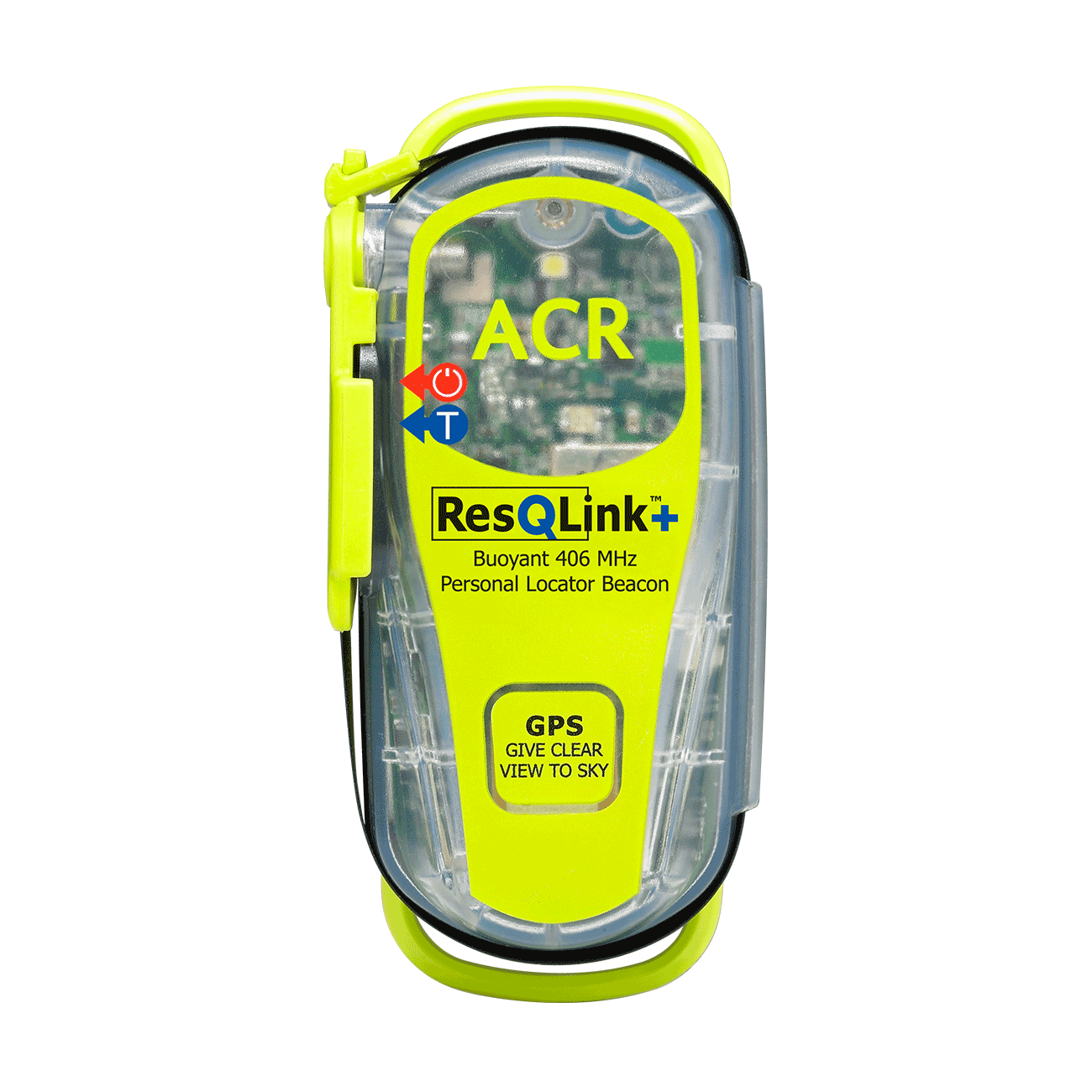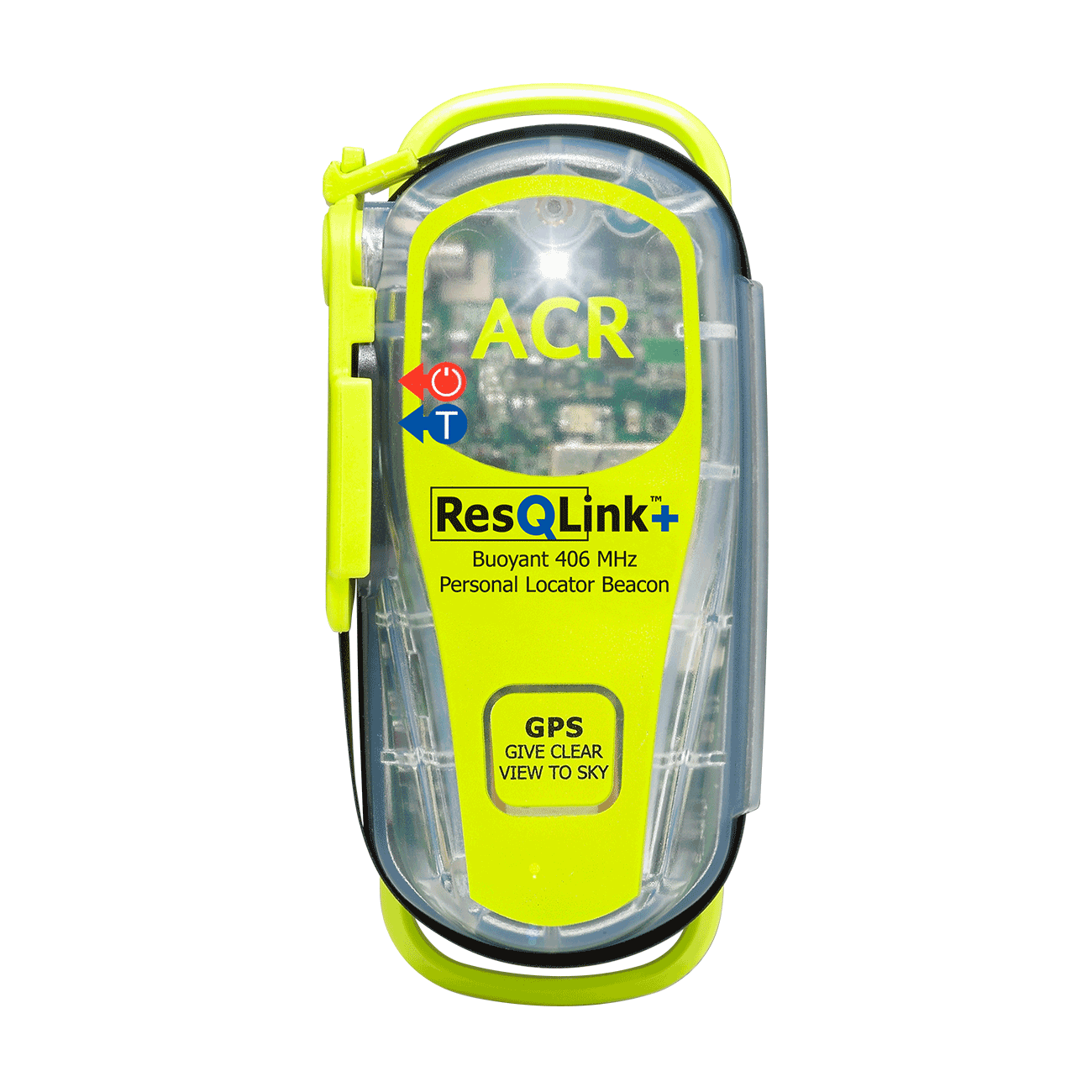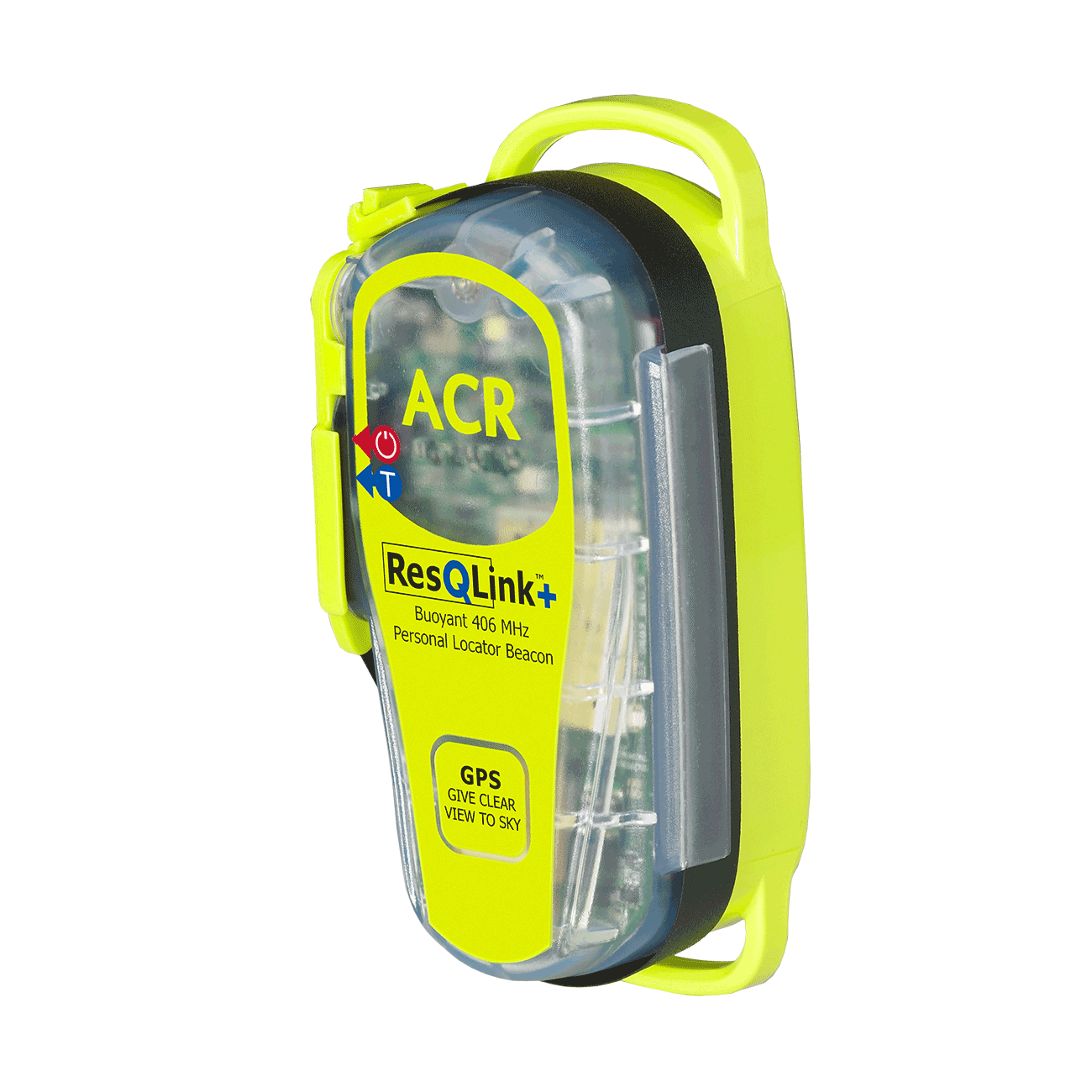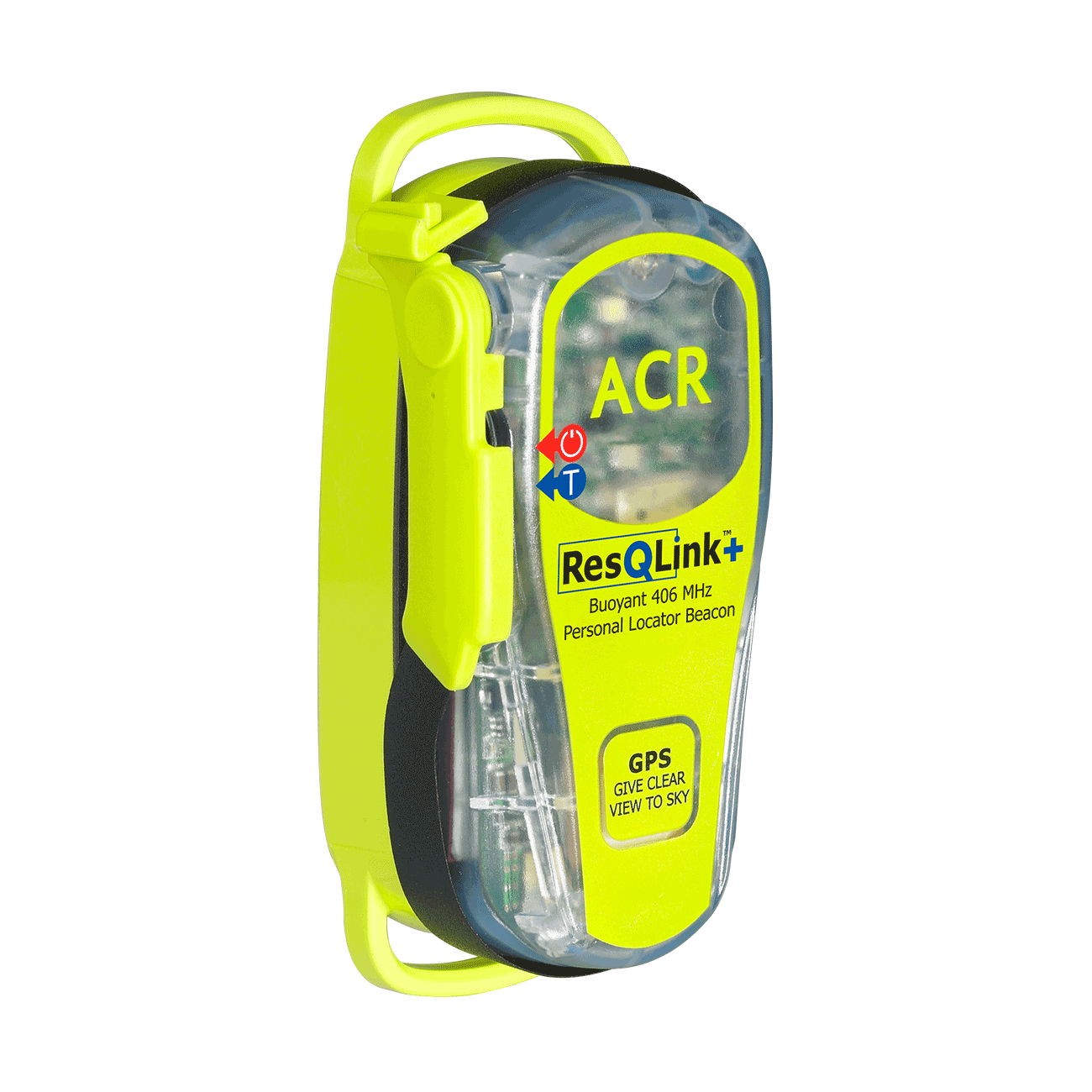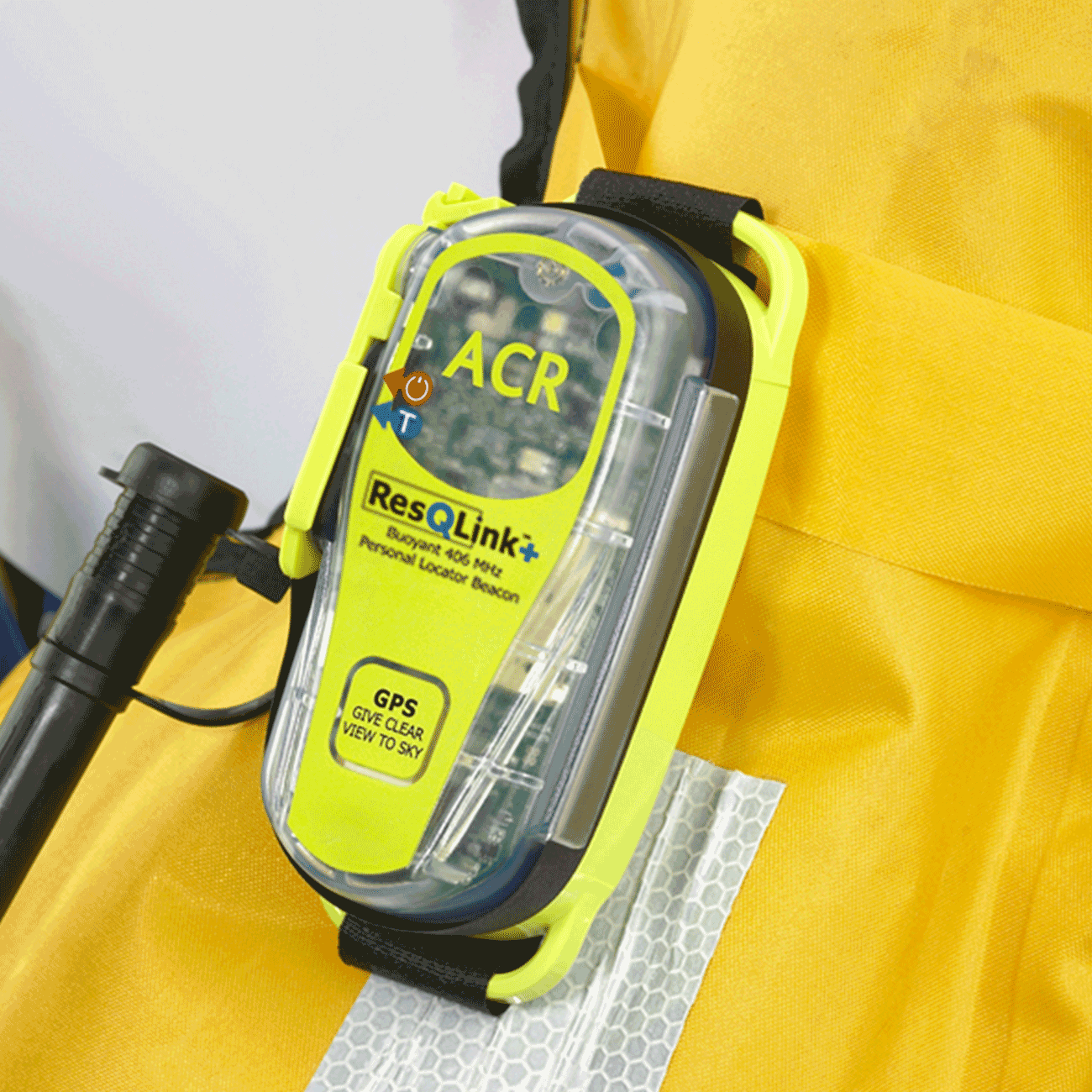Lives saved
1

Medical emergency

Thunder storm
California River
37.4364176°N, -120.4976626°W
Posted on May 2, 2018 by Jeff
What happened?
On December 27th 2012, I set out on a canoe trip with four other adults and 10 Boy Scouts in 7 canoes. The adults were parents and scout leaders. I am one of the parents spending some quality time with my son on this trip. This was to be a 68 mile, 4-day, canoe trip on the Colorado River from Blythe to Yuma.
The weather was great during the day. T-shirt weather with blue skies and calm wind. The evenings got down to or close to freezing at night. But we were all prepared for the weather and we had a great time. The evening of the third day we had a medical emergency with one of the adults. As a volunteer EMT with the San Diego Search and Rescue team, I cannot divulge the nature of medical emergency due to HIPPA rules. However, this was a life-threating emergency that resulted in the patient being airlift out in a medevac helicopter. The seriousness of the emergency will become clear.
It is the evening of Saturday December 29th. During the day we had just canoed an 18 mile leg of our 68 mile journey. Over the last three days we have paddled 44 miles. We have docked at Carrizo Campground which is for boaters only on the California side of the Colorado River (33° 2′ 10.81″ N 114° 40′ 11.39″ W). There is a road used by California State Parks to service the pit toilet but it is accessible only by 4-wheel drive vehicles. There is no cell phone coverage. Nearest cell service is 16 miles away by canoe. You are not hiking out for help either. There were no boats on the water.
One of our adult leaders turned in early, which was normal. It is cold. The scouts were also already in their tents. I and the other 3 adults had done some star gazing but a thin layer of clouds had passed over and we were also getting ready to call it a night. It is now 7:30 PM and very cold. The adult that had gone to bed early sort of grunted and yelled. At first we thought he was having a bad dream. But he did it again. Now we are concerned and walking toward his tent, he did it again. This adult has a known medical condition. We try to get a response. Getting none we enter the tent. Our friend is responsive to simple verbal commands only, but is unable to communicate to us. He is clearly having a life-threating emergency.
I run for my medical kit and begin treatment. Twenty minutes pass and my patient shows very little improvement. It is time to call for advance life support! As mentioned earlier there is NO cell phone coverage. The nearest signal is 16 miles by canoe (4 + hours of paddling). How about amateur (ham) radio? Only one repeater could be found and there was no response assuming that I was readable into the repeater. So there is no amateur radio communication. How about calling the US Coast Guard? The US Coast Guard also patrols the lakes and parts of the Colorado River. Knowing that I would be on the water I brought along a marine radio. I put out a MAYDAY on marine emergency channel 16. No answer, we are too far south. So there is no US Coast Guard contact. As a member of the San Diego Search and Rescue team, I have a SAR radio with the National SAR frequency. About 30 miles south of my location is the Marines SAR team in YUMA, maybe I will get lucky and someone will be listening. No response. It is important to note that I tried all of these modes of communications multiple times throughout the night.
It is now about 8:00 PM. There is no improvement in our friend. Just to recap, there is no cellular coverage, no amateur radio (HAM))coverage and I have just tried to contact the US Coast Guard and the US Marines with no luck. Now who do you call? Putting people in canoes, in the dark, in near freezing weather with hidden sand bars to paddle another 16 miles after already paddling 18 miles was not an option. Fortunately I had purchased an ACR ResQlink 406 MHz Personal Locator Beacon (PLB) a few weeks before. I push the button and the system comes alive. GPS indicator show GPS position has been determined. I have just sent an emergency request for help to the US Air Force National Rescue Coordination Center via satellite. Now we wait! I asked Mr. Schafer if he would stand on the hill above our campsite with the PLB in the cold to signal any vehicles (or anyone) whether by land, air or river. It was very cold and Mr. Schafer had to put on thermals and a heavy jacket. Mr. Downie and Mr. Dixon attended to our friend while I am calling for help. He is starting to show signs of improvement. But he is still only responsive to verbal commands, not good.
By 9:00 PM he is communicating (although mumbled speech). He is making requests and I can ask questions about his medical condition and medications. While he is improving, he is not responding to treatment appropriately. In my opinion something is still very wrong and the emergency continues. Since our friend is stable for the moment, Mr. Downie stays to monitor our friend while Mr. Dixon and I take a few minutes to walk the surrounding hills for a radio signal. I need to talk to someone about the medical condition of our friend. Nothing! Bummer! I know our friend is tired and needs rest. We let him fall asleep, but we are close enough (just outside his tent) that we can hear his breathing and we regularly wake him too make sure he responds.
It is now 11:50 PM. I wake him again because I need to do another test. I don’t get the result I was expecting, this is not good. We continue to wait for help, waking the patient at regular intervals. Being that it is midnight, I suggest that Mr. Schafer and Mr. Downie get some sleep. Not knowing when help will arrive and assuming someone will have to canoe for help at sun up, it is best that someone gets some sleep. Mr. Dixon and I will stay up and continue to monitor and treat, as necessary, our friend. It is now 2:00AM, no lights on the horizon and it is time for another test. I wake our friend and run the tests, the results are really bad. Our friend needs to be in a hospital now! We start treatment. As we finish this round of treatment, Mr. Dixon says, “Is that a car engine?” I pop my head out of the tent and see two headlights come around the hill.
I grabbed my flashlight and started running toward the lights. Now as I am running, I know that these may simply be some off roaders out for a joy ride. Didn’t matter, they were going to stop no matter who they were. As luck would have it, it was California Park Ranger and an Imperial County Sheriff Deputy. I explained the emergency and the ranger grabbed her medical bag. The ranger had some additional medical supplies that I didn’t have. After all I was on a pleasure canoe trip. Together we provided some additional treatment. After some brief discussion the ranger went back to her truck to request a helicopter for a medevac. She had to use her truck radio because her handheld radio didn’t work in the camp. I can’t say enough good things about the professionalism of the Ranger, we worked very well together.
With the additional treatments we could perform with the Ranger’s medical kit, our friend was now acting like his old self again. He is able to communicate clearly, joking and sounding like he should. But the emergency is still far from over. But it is good to see him feeling better and I know a helicopter is on the way. He is going to be OK. As the helicopter lands it flies about 20 feet right over the top of us. I am holding on to my friend’s tent so it won’t fly away. Unfortunately my tent receives some damage due to the helicopter’s downdraft. Of course everyone is awake now. I give a brief medical report to the flight medic and he goes into the tent to meet our friend and suggests they run some tests. After running his tests, the Flight medic says, “We have a winner!” and begins prepping my patient for transport. We load our friend into the back of the helicopter and they take off for the hospital.
It is now 3:39AM. I go to my tent and find that it has been totally destroyed by the helicopter. I pull out my sleeping bag and walk over to my son’s tent and ask if I could bunk with him. I climb into his tent with my sleeping bag and go right to sleep. It is now 3:45AM. We all wake up the next morning at 6:45 AM and paddled another 24 miles that day. It was another beautiful day.
Our friend is now home and doing fine. He was airlifted to a hospital in the desert. They released him the following afternoon and Mrs. Dixon drove him home. After arriving at home he started to relapse and Mrs. Dixon took him to a local hospital. The hospital had trouble stabilizing him and placed him in ICU overnight so they could run additional tests. He was release the next afternoon and is now doing great. This was a unique emergency. I was fortunate to have great adults and scouts on this trip. Everyone stayed calm and worked effectively together. With Mr. Schafer standing in the cold ready to flag down help and Mr. Downie watching our friend while we tried to get communications was teamwork at its best. Mr. Dixon assisted me throughout the night and was able to help me work through the medical emergency we were dealing with. Even with all the commotion going on when the helicopter arrived, the scouts were outstanding. In the morning we had to rearrange canoeing partners and how we packed the equipment. The Scouts handled it like pros.
So what happened after activating the Personal Locator Beacon (PLB) … I activated the PLB around 8:00 PM, maybe a little after. I received a voicemail from the US Air Force Rescue Center at 8:09. Obviously I couldn’t take the call, but he was checking to make sure it wasn’t an accidental activation, standard procedure. My wife (emergency contact for the PLB) receives the first call at 11:00 PM from the La Paz County Sheriff in Arizona near Parker. My wife tells him I am on a canoe trip on the Colorado River with 10 scouts and 5 adults. The deputy tells her that they are getting different position reports each time the satellite flies over. First it is on the California side, then the Arizona side and then in the middle of the river and it might be moving. I am sure this raised some jurisdictional questions. We were right on the California / Arizona Border. My wife received a second call at 1:00 AM saying that they sent someone out to look for us. At 3:00 AM she received the third and last call saying that we had been located and we were being help. Of course at this point she still does not know why I activated the beacon. She wouldn’t find out until 1:00 PM the following afternoon when we canoed the 16 miles to get cell service.
I spoke to the Imperial County Sheriff that night when we had a free moment. He gave a similar account of the position confusion. But he also told me that he had gotten a flat tire on the way out. The road is definitely 4×4 only. Which means an ambulance was not an option. After repairing the flat the sheriff then drove to the ranger station and they started the 45 minute drive to our location. Usually sheriff dispatch will contact California Parks when there is an emergency in the park. This didn’t happen for some reason which added to the delay. Incident started at 7:30PM and the helicopter lifted off at 3:39AM. There is no doubt in my mind that without the PLB this event would have ended very differently. While we had a backup plan to send canoes for help in the morning at sun up, the earliest that help could have arrived would be around noon. This means I would have been treating our friend for 17 hours. Not sure what the outcome would have been given how things went at the hospital. More importantly, what if it was a scout with the medical emergency. Don’t even want to think about it.
Words of wisdom
There is no doubt in my mind that without the PLB this event would have ended very differently.
Thank you note
Thank you ACR!
Rescue location
California River
Rescue team
Law Enforcement / Police
ResQLink™+
Go to product details- Buoyant
- LED strobe light
- Self Test
- 66 Channel GPS
- Easy emergency activation
- Antenna clip
Out of stock

